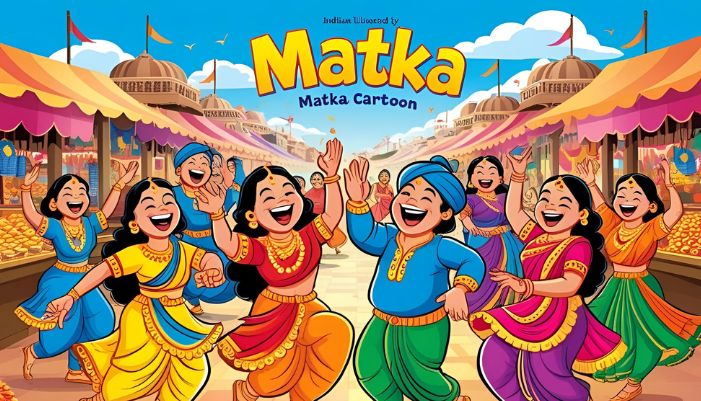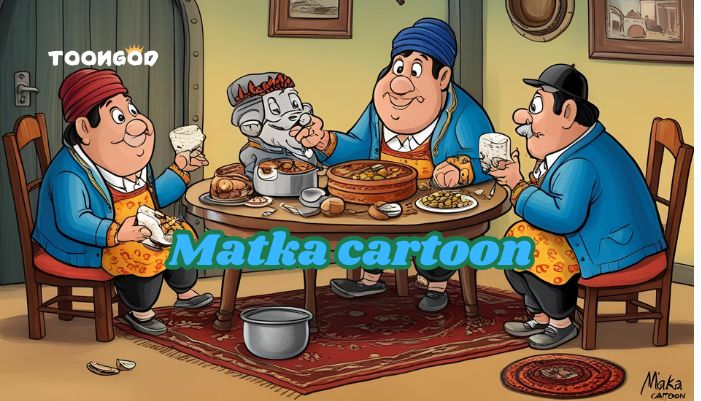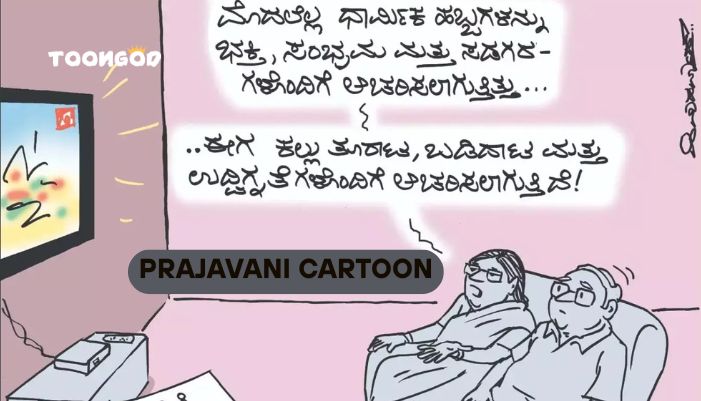A matka cartoon is a fun way to tell stories using drawings. The word “matka” means clay pot in many South Asian languages. This pot is a symbol of daily life. It shows how simple and strong things can be. A matka cartoon mixes this idea with funny drawings and smart jokes.
These cartoons are not just for fun. They often share deep messages about life, culture, and society. They make people smile, but also make them think.
You can find these cartoons in newspapers, online posts, and sometimes even on walls!
Where Did Matka Cartoons Come From?
Matka cartoons started a long time ago, likely in South Asia. At first, artists used them to show daily life. These cartoons were easy to understand and made people laugh.
Over time, they also started to talk about big things like:
- Social problems
- Family life
- Politics
- Traditions
The matka, or clay pot, became a symbol for the common person. It helped the cartoon feel simple, warm, and real.
Why Are Matka Cartoons Important?
These cartoons do more than just tell jokes. They share ideas in a fun way. People of all ages can enjoy them.
Connect with People
Matka cartoons are easy to understand. Even children can enjoy them. They use basic drawings and short words.
Talk About Real Issues
Many matka cartoons talk about serious things like:
- Poverty
- Corruption
- Rules that are unfair
But they do it with humor, so the message hits home without sounding harsh.
Matka Cartoons in the Digital World
Cartoons have changed a lot with phones and computers. Matka cartoons are no different. Now, many artists share their work online.
Where You’ll See Them Now
- YouTube
- Blogs and websites
This helps artists reach people all over the world. It also lets them try new ideas while keeping the same simple style.
How Are Matka Cartoons Made?
These cartoons often start with a small idea. Artists think about something funny or real that people face. Then they draw simple pictures with big meaning.
Tools They Use
- Pen and paper
- Drawing tablets
- Art apps
Some still draw by hand. Others use digital tools. But both styles keep the matka spirit alive.
Common Themes in Matka Cartoons

Matka cartoons don’t follow strict rules. But they often focus on the same things:
Daily Life
They show what families and neighbors go through. It can be about cooking, school, or chores.
Old Traditions
Some cartoons talk about customs. They may joke about old ways that no longer work today.
Government and Laws
Many cartoons speak up against unfair rules. They use humor to show problems with leaders or systems.
Why Matka Cartoons Still Matter
Even in today’s fast world, matka cartoons have power. They are short, sweet, and smart. That’s why they work so well on social media and in public places.
These cartoons:
- Share strong ideas in soft ways
- Make people smile and think
- Help spread culture and history
They show us that art doesn’t have to be big or fancy to matter.
You can also read: Animaker: Make Fun Animated Videos in Minutes
Final Thoughts
Matka cartoons are more than just funny drawings. They are a mix of humor, culture, and heart. They talk about real life in a way that feels friendly and true.
They use simple tools to show big ideas. From village life to city problems, they cover it all. And they do it in a way that makes people smile.
In a world full of noise, these cartoons stand out by being clear, kind, and clever. So next time you see one, take a moment to enjoy the art—and the truth inside it.
Frequently Asked Questions (FAQs)
Who makes matka cartoons?
Artists and cartoonists from South Asia make them. Some are professionals. Others just love to draw and share ideas.
Where can I see matka cartoons?
You can find them in newspapers, books, blogs, and social media pages like Instagram and Facebook.
Why are they called “matka” cartoons?
The “matka” or clay pot is used in the cartoon to show normal life. It stands for simple people and their stories.
Are matka cartoons still made today?
Yes! Many artists still create matka cartoons. They use both old and new ways to draw and share their work.



